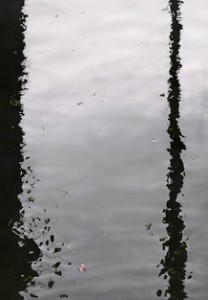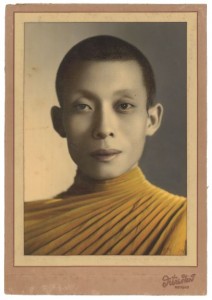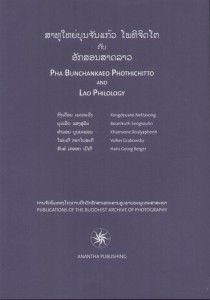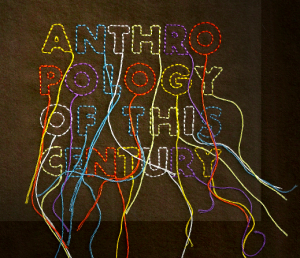Eine Pilgerfahrt an den Gunung Rinjani auf Lombok, Indonesien
Von Volker Gottowik, Universität Heidelberg
Die junge Frau mit den hochstehenden Backenknochen hat ein Bündel Banknoten vor sich auf die Matte gelegt. Ihr gegenüber hockt ein ganz in weiß gekleideter Mann mit einem respektablen Notizbuch auf den verschränkten Beinen. Er nimmt das Geld, zählt es gewissenhaft und notiert den Betrag. Es ist eine erhebliche Summe, die am letzten Tag der Pilgerfahrt an den Gunung Rinjani der Göttin des Kratersees übergeben werden soll.
Ich spreche die junge Frau an. „Du kannst mich Dayu nennen“, bietet sie mit kaum verhülltem Stolz an. Der Name, eine Verkürzung von Ida Ayu, weist sie als Angehörige der obersten Kaste aus. Es gibt viele junge Frauen mit diesem Namen hier oben am Kratersee. Als Brahmaninnen haben sie alle das gleiche Problem: Ohne Statusverlust können sie nur einen Brahmanen heiraten, dagegen sind die Männer dieser Kaste für Frauen jedweder Abkunft die begehrtesten Heiratspartner. Die hindu-balinesische Gesellschaft hat dieses Problem traditionell dadurch zu lösen versucht, dass sie Cousin und Cousine miteinander vermählte. Doch diese Zeiten sind längst vorüber.








